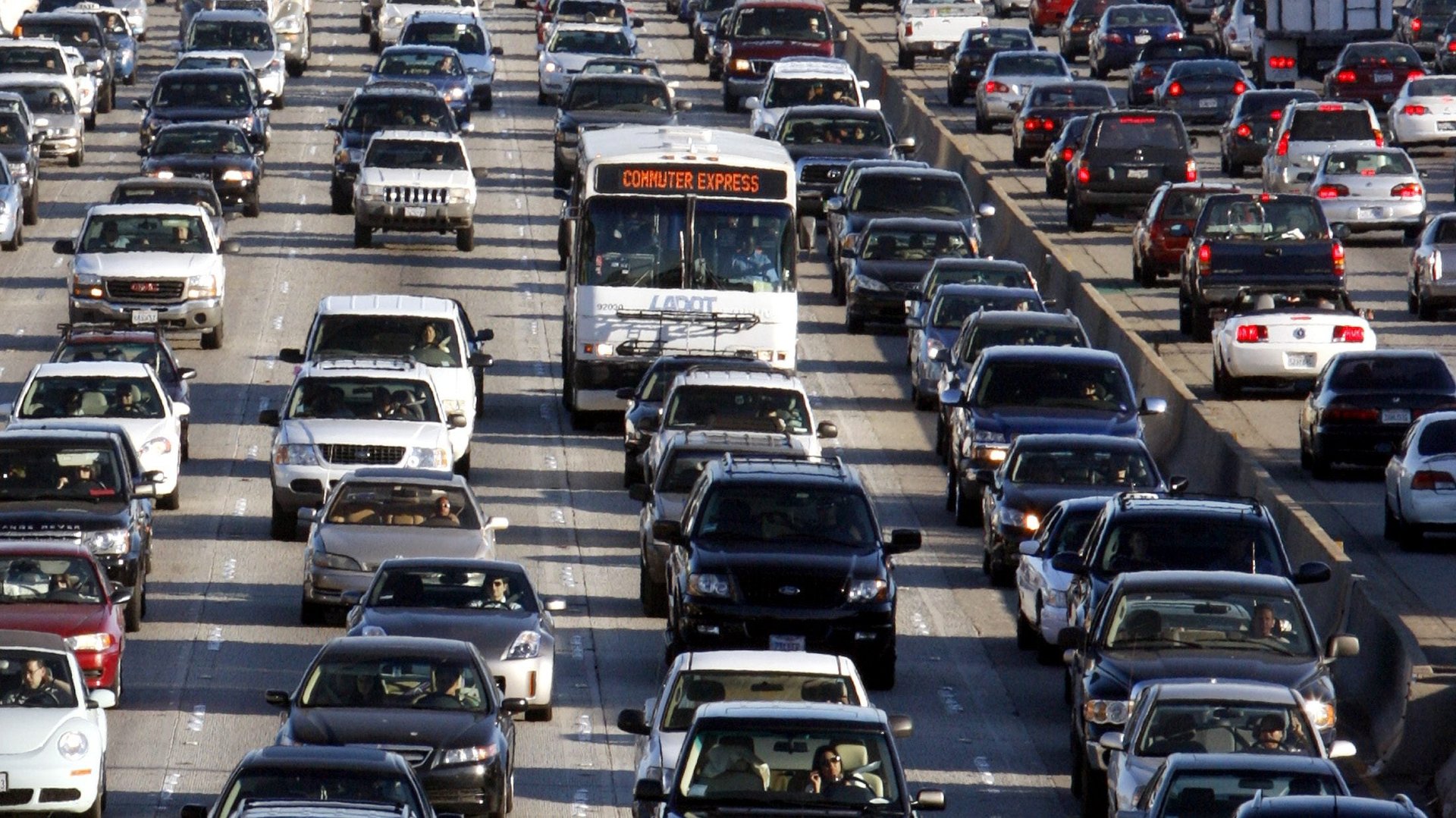Even as they age, US millennials are driving less than older generations
US millennials are slowing their roll when it comes to car travel. A new study published in the peer-reviewed journal Transportation Research Part A: Policy and Practice found a wide generational divide in the daily driving habits of adult Americans. Millennials (those born between 1981 and 1996) are driving 8% less than Gen X (1965 to 1980), and 9% less than younger baby boomers (1956 and 1964).


US millennials are slowing their roll when it comes to car travel. A new study published in the peer-reviewed journal Transportation Research Part A: Policy and Practice found a wide generational divide in the daily driving habits of adult Americans. Millennials (those born between 1981 and 1996) are driving 8% less than Gen X (1965 to 1980), and 9% less than younger baby boomers (1956 and 1964).
The study tracks the average number of miles a person travels each day over years, to evaluate how driving habits change over a lifetime. Across all three groups, people travel less at the beginning of life, and begin to pick up in early adulthood once they get their driver’s licenses. But among them, millennials consistently drive less than other groups as adults, and researchers determined that this trend is likely to continue as they age.
They observed these trends by gathering data from five decades of national surveys collected by the US Federal Highway Administration. In doing so, they were able to compare each generation at each stage of life so far. Trends for daily miles traveled by generations remained similar even after accounting for factors such as obtaining a driver’s license, owning a car, or the price of gas.
Why some Millennials choose to drive less
The study supports existing research suggesting that younger Americans are choosing to drive less to meet work and life obligations. Teens and young adults are waiting later to get their driver’s licenses (pdf) and some are or skipping it entirely. Those who live in dense cities are opting more for public transportation or active modes of transportation like walking and biking to get where they need to go. The study found that an average person living in an urbanized area had daily vehicle milage that was 38% lower than people in rural areas. Urban areas with rail transit saw nearly 20% less vehicle travel than those without.
There’s also the fact that Millenials may have fewer places they need to be. The rise of remote work has shortened, if not eliminated, commuting for 36 million Americans who work from home, up from 8 million before the pandemic. And the rise of online shopping and delivery has made leaving the house further even less necessary.
Cities are taking notes
Transportation planners thinking about how Americans will get where they’re going are taking notice of changing travel patterns.
Transportation demand management strategies largely haven’t changed since the 1970s and 80s, when boomers composed the majority of the adult workforce. Now that millennials are the largest generation in the US, their changing mobility habits are leading transportation authorities to think about mobility more holistically.
Alex Engel, a representative for the National Association of City Transportation Officials, says that transit agencies in cities like San Francisco and Boston are shifting away from building networks that primarily accommodate the 9-to-5 car commuter, in favor of transportation systems that expand and integrate buses, sidewalks, and bike lanes that work for the most people possible—even when they aren’t driving.
“Transit agencies are focused not just on demand management,” he says, “but making sure we’re meeting people’s needs in a way that works for them.”